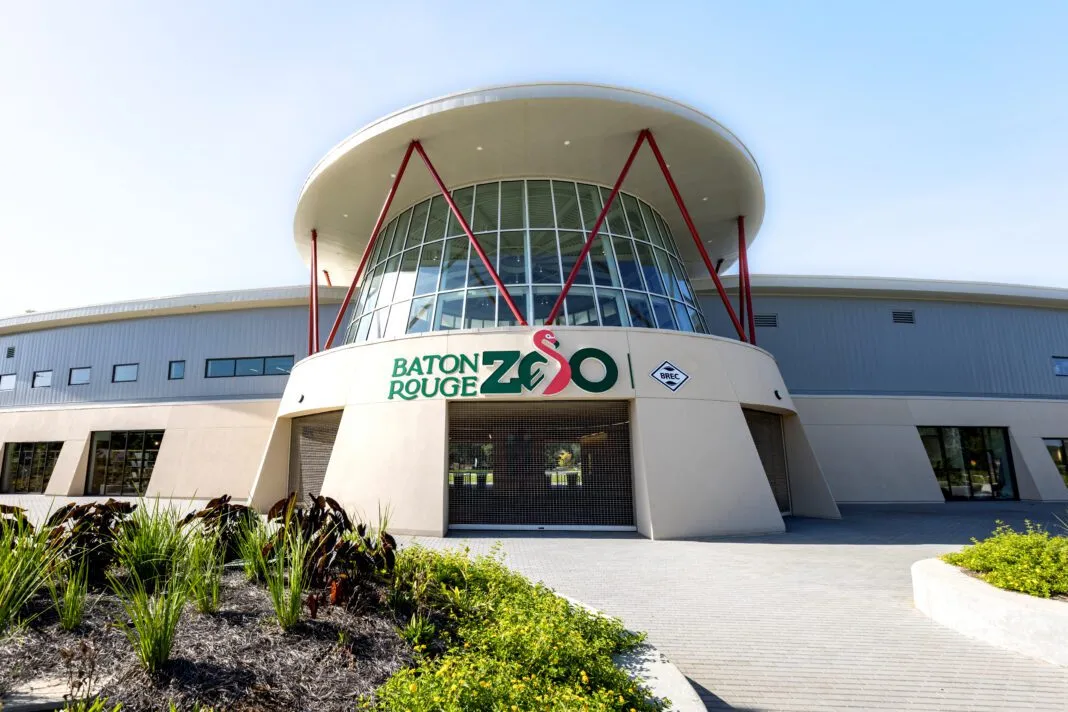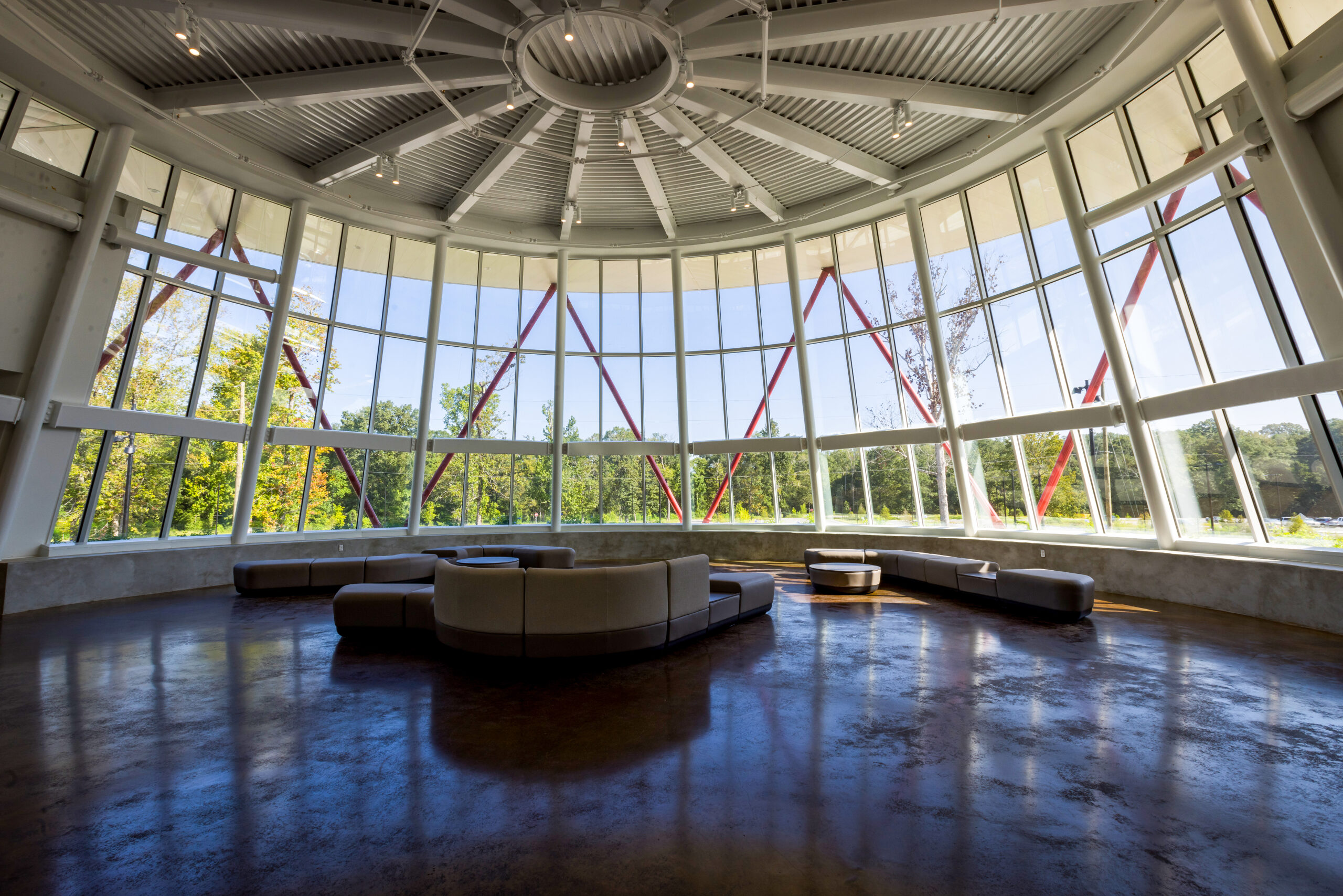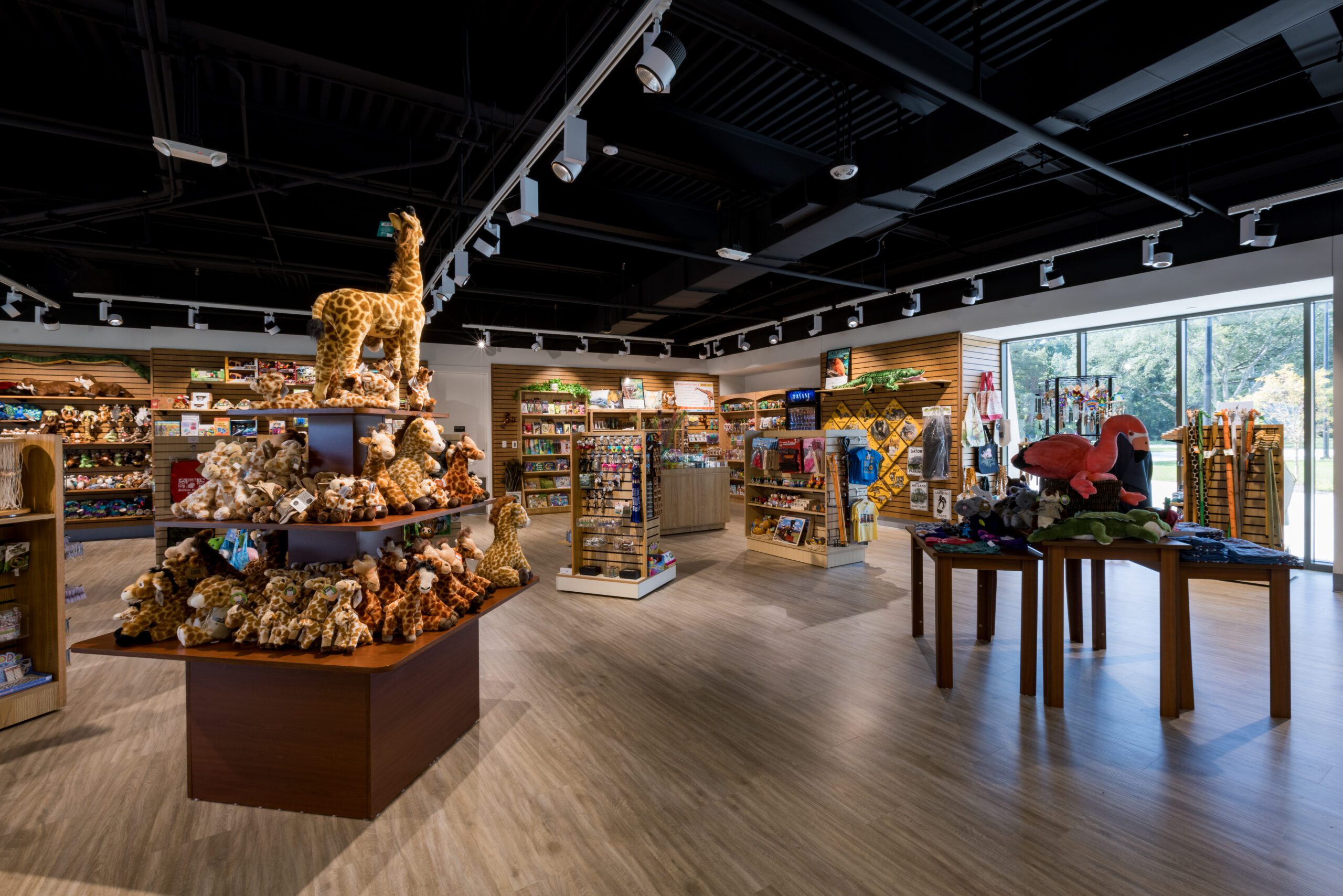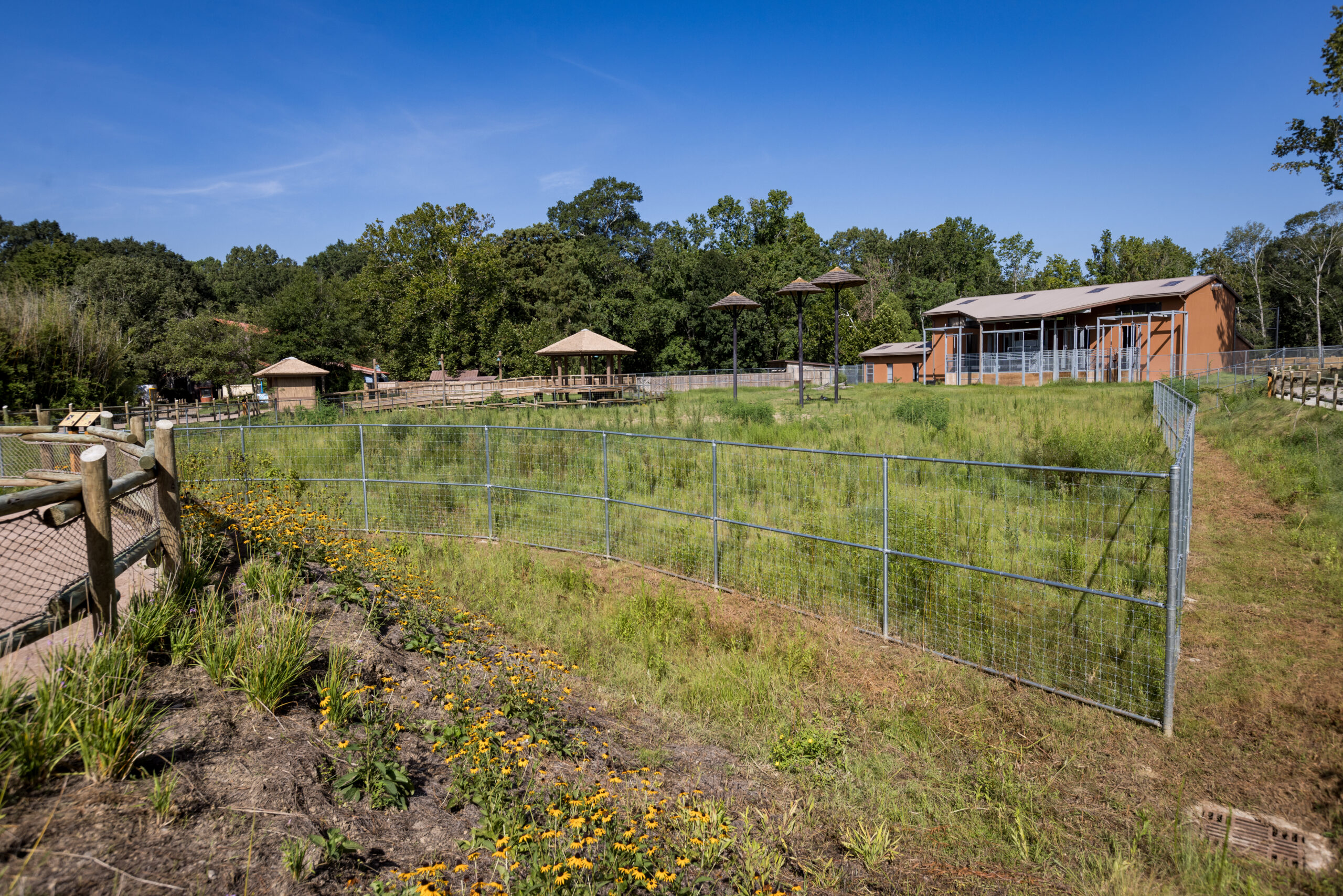
An extensive renovation of BREC’s Baton Rouge Zoo delivers a new and improved experience
BREC’s Baton Rouge Zoo is a revitalized and exciting new experience, according to zoo director Jim Fleshman. “We’ve given folks in Baton Rouge a top-flight project now,” he says. “It’s something they can be proud of, something they can get behind and help support.”
In March, the zoo regained national accreditation from the Association of Zoos and Aquariums after losing it in 2018. It’s now part of an exclusive group of licensed facilities across the country. “That’s been the goal,” Fleshman notes. “We’re in that top 10%. We meet the same standards as other major facilities.”
Fleshman says accreditation enhances the zoo’s reputation, making it a destination for Species Survival Plan Programs for animal conservation and welfare. This gives the zoo access to a broader variety of animals.
“When you’re not accredited, you’re not part of the programs anymore,” Fleshman explains. “It puts too much liability on those other institutions. Now that we have it, things are going really well.”

The zoo made a major transformation this year with the help of general contractor Lemoine. Facility upgrades include a new entrance, seven new animal exhibits, 11 new buildings and 12 renovated exhibits. Fleshman says the goal of the changed entrance, which moved the parking and welcome areas from Thomas Road to Greenwood Park, was to be a better neighbor.
“When we would have a big event, the entrance off Thomas Road would be so crowded with people trying to get in that emergency vehicles couldn’t get into the subdivision south of us,” he says. “By flipping the entrance into Greenwood Park, we alleviate that congestion.”
This change also reshapes the entire visitor experience with exhibits now grouped by geographic regions, which Fleshman says offers a more authentic experience. Animals were previously grouped by taxon, or species.
“This allows someone to pick a country, and instead of just seeing the animals, you’ll experience more of the culture,” he says. “You’re getting a feel for what it’s like for the animals in those areas of the world.”

Other improvements enhanced the staff’s ability to care for the animals. “We put different aspects into each new holding building,” Fleshman says. “Each holding area became much larger. We also have the ability to let animals help us train them and care for them. The giraffes walk through a chute system, so we can get an accurate weight and access any part of the body we need to. We did something similar in the jaguar holding building and the Andean bear as well.”
Fleshman notes that they also added off-exhibit outdoor holdings. “If for some reason an animal can’t go on exhibit, they’re not stuck in a building,” he explains. “We can get them outside in the sunshine. It’s a healthier environment for them.”

The zoo has also implemented significant infrastructure upgrades, including water mitigation to help with flooding, separating storm and sewer lines, and the installation of a large retention pond for stormwater management. “The key conservation piece is that we’re filtering that water through a UV sterilization system, so we’re putting clean water back out into the environment,” Fleshman says.
The next phases of development will include a new Africa exhibit and a renovation of the Atchafalaya exhibit, which will come later. However, guests can expect a brand-new experience now, including a grand opening celebration tentatively scheduled for October.
“The zoo is working to improve itself every day, and we’ve got more things to come,” Fleshman says.












.jpg)